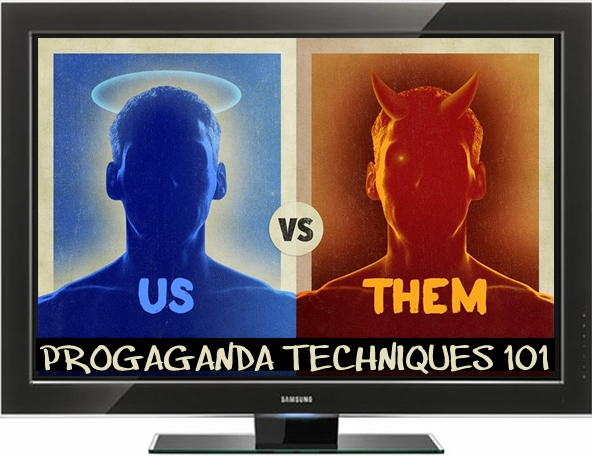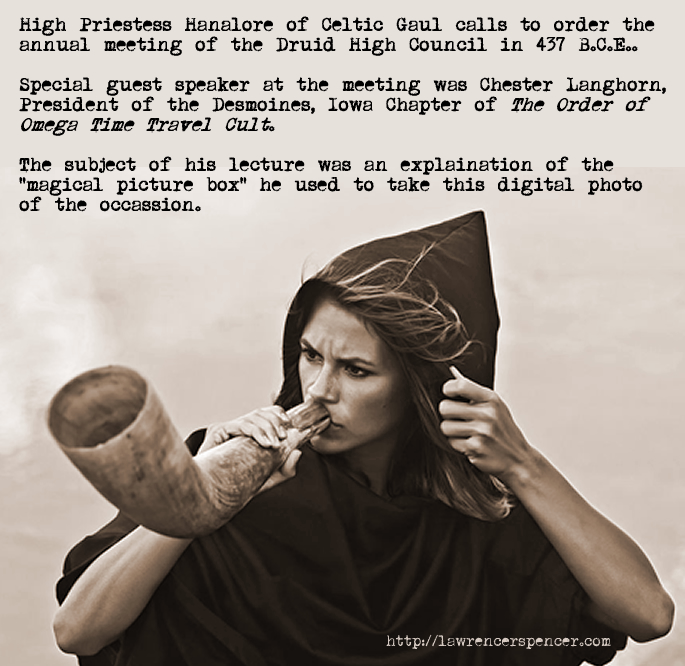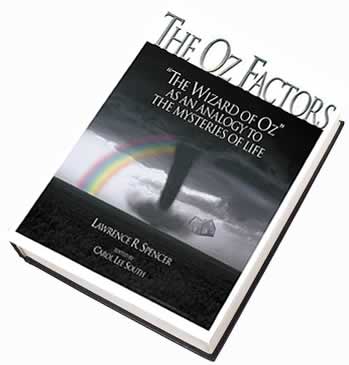Republished by Blog Post Promoter


“Dear Lawrence, This book allowed me to change my thoughts from a blaming attitude of looking for the “why” in things, to a wider acceptance of life as it is. By reading this book I was reminded that there is no answer to the small why’s. The small why’s represent the bigger why: the question which asks why we are here. It is clear. It is the answer I have been looking for probably since early youth. I feel guided and supported. Mostly, I feel free. Now I am free to enjoy my life, every moment, as the big why is answered and smaller why’s are no longer relevant. I want to thank you for this experience. And for publishing this information. I am grateful and wish you many blessings. Especially at this time of yearly celebrations, I wish the spirit of the joy of celebration to be with you. And I trust the information in the Alien Interview has provided you with the joy of understanding as it has provided to me. — Many blessings, Alysa”




